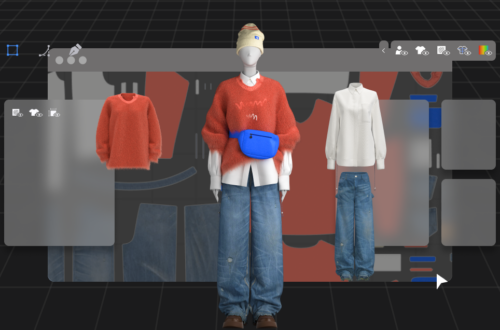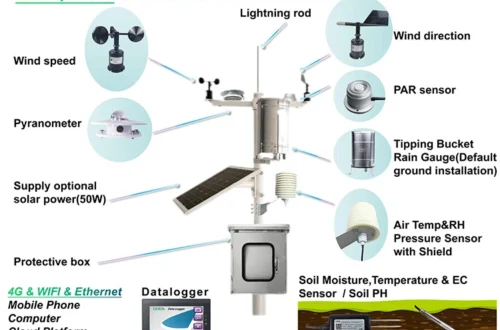Unveiling the Night: The Ultimate Guide to Night Vision Monoculars
# Unveiling the Night: The Ultimate Guide to Night Vision Monoculars
## Introduction
Night vision monoculars have revolutionized the way we see and interact with the world after dark. Whether you’re an outdoor enthusiast, a security professional, or simply someone who enjoys stargazing, these devices offer unparalleled clarity and detail in low-light conditions. In this guide, we’ll explore everything you need to know about night vision monoculars, from their technology to their applications.
## What is a Night Vision Monocular?
A night vision monocular is a single-eye optical device that amplifies available light to provide a clear image in low-light or complete darkness. Unlike binoculars, which use two lenses, a monocular is compact and lightweight, making it ideal for a variety of uses.
### How Does It Work?
Night vision monoculars operate by capturing ambient light, including infrared light, and amplifying it through a series of lenses and image intensifier tubes. This process converts photons into electrons, which are then amplified and converted back into visible light, creating a bright, clear image.
## Types of Night Vision Monoculars
There are several types of night vision monoculars, each with its own set of features and capabilities:
### 1. Generation 1
Generation 1 night vision monoculars are the most basic and affordable option. They provide decent image quality in low-light conditions but may struggle in complete darkness.
### 2. Generation 2
Generation 2 devices offer improved image quality and better performance in darker environments. They are more expensive than Generation 1 but provide a significant upgrade in clarity and detail.
### 3. Generation 3
Generation 3 night vision monoculars are the top-tier option, offering exceptional image quality and performance in nearly all lighting conditions. They are commonly used by military and law enforcement professionals.
### 4. Digital Night Vision
Digital night vision monoculars use digital sensors to capture and enhance images. They often come with additional features like video recording and image capture, making them versatile for various applications.
## Applications of Night Vision Monoculars
Night vision monoculars are incredibly versatile and can be used in a wide range of scenarios:
### 1. Wildlife Observation
For nature enthusiasts, night vision monoculars provide a unique opportunity to observe nocturnal animals without disturbing them.
### 2. Security and Surveillance
Security professionals rely on night vision monoculars to monitor large areas in low-light conditions, ensuring safety and security.
### 3. Hunting
Hunters use night vision monoculars to track game in the dark, giving them a significant advantage in the field.
### 4. Astronomy
Stargazers can use night vision monoculars to enhance their view of the night sky, making celestial objects more visible and detailed.
## Choosing the Right Night Vision Monocular
When selecting a night vision monocular, consider the following factors:
### 1. Intended Use
Determine what you’ll primarily use the monocular for. Different applications may require different features and capabilities.
### 2. Budget
Night vision monoculars come in a wide range of prices. Set a budget and find a device that offers the best value for your needs.
### 3. Image Quality
Consider the resolution and clarity of the image. Higher-generation devices generally offer better image quality but come at a higher cost.
### 4. Durability
If you plan to use the monocular in rugged environments, look for a device that is durable and weather-resistant.
## Maintenance and Care
Proper maintenance is essential to ensure the longevity and performance of your night vision monocular:
### 1. Cleaning
Regularly clean the lenses with a soft, lint-free cloth to remove dust and smudges.
### 2. Storage
Store the monocular in a cool, dry place, preferably in a protective case to prevent damage.
### 3. Battery Care
If your monocular
Keyword: night vision monocular


